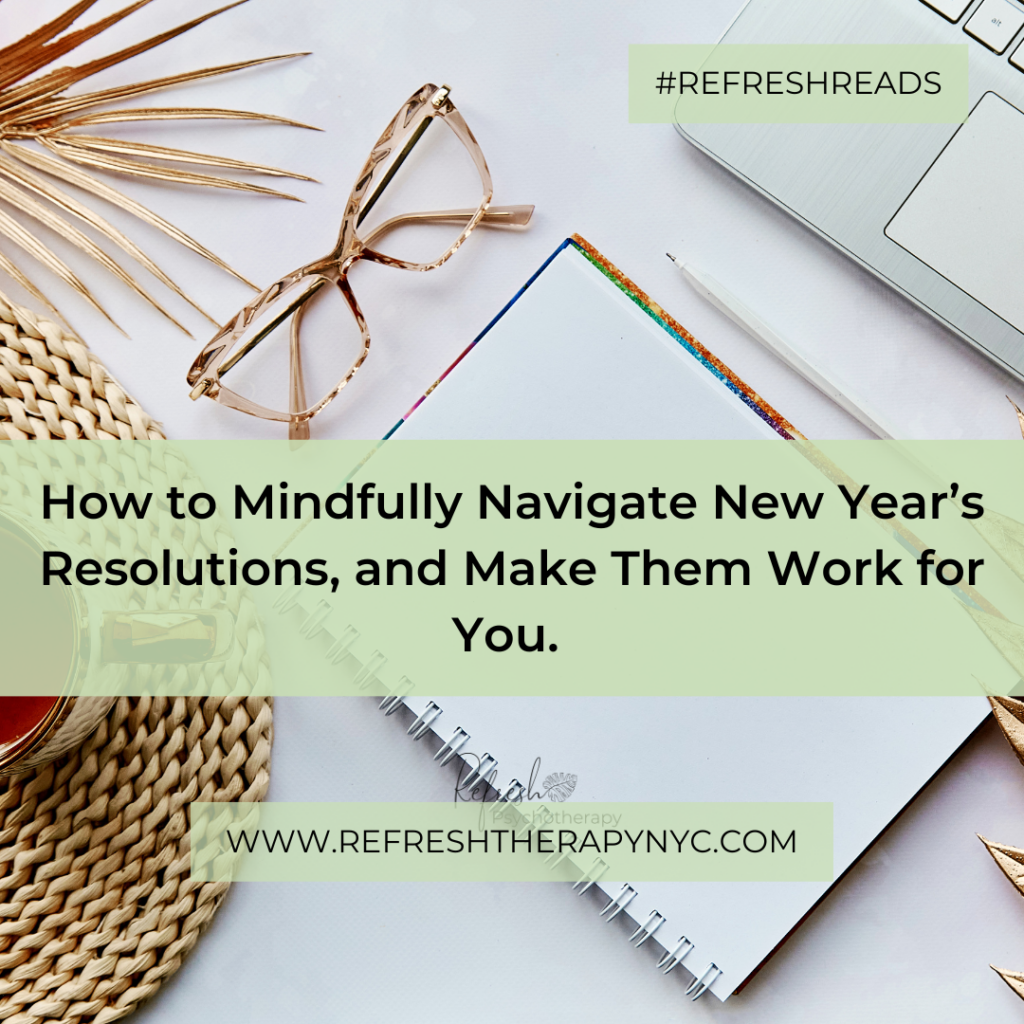May is Mental Health Awareness Month: Mental Well-being in New York City
As May unfolds, the United States observes Mental Health Month, a time dedicated to raising awareness, reducing stigma, and promoting mental wellness. In the bustling metropolis of New York City, where the pace is fast and the demands are high, prioritizing mental health is not just an option but a necessity, especially for adults navigating the complexities of urban life.
The Urban Experience and Mental Health
Living in New York City offers a unique blend of opportunities and challenges. The city’s vibrancy, diversity, and endless possibilities attract millions of individuals seeking success, fulfillment, and belonging. However, beneath the glittering skyline lies a landscape of stressors that can take a toll on mental well-being.
The fast-paced lifestyle, competitive work culture, and constant sensory overload can lead to feelings of anxiety, burnout, and isolation. Commuting woes, financial pressures, and the high cost of living further exacerbate stress levels, making it increasingly difficult for adults to maintain mental equilibrium in the city that never sleeps.
Stigma and Seeking Help
Despite the city’s abundance of resources, including mental health clinics, support groups, and therapy services, stigma remains a significant barrier to seeking help for many New Yorkers. The pervasive belief that seeking mental health support is a sign of weakness or failure can prevent individuals from reaching out for assistance when they need it most.
Moreover, the fear of judgment, confidentiality concerns, and logistical challenges, such as finding affordable and accessible care, can deter adults from seeking timely support for their mental health concerns. As a result, many suffer in silence, grappling with their emotional struggles alone, unaware that help is within reach.
Navigating Culturally Diverse Needs
New York City’s population is a melting pot of cultures, languages, and identities, each with its own unique perspectives on mental health and well-being. For adults from immigrant communities or marginalized backgrounds, accessing culturally competent mental health care can be particularly challenging.
Language barriers, cultural differences in understanding and addressing mental health issues, and mistrust of mainstream healthcare systems can all contribute to disparities in mental health outcomes. Recognizing and addressing these diverse needs is essential to ensuring that all New Yorkers have equitable access to mental health support and resources.
Promoting Mental Wellness
As Mental Health Month unfolds, it’s crucial for individuals, communities, and policymakers to come together to prioritize mental wellness in New York City. This includes:
- Raising Awareness: Increasing public awareness about mental health, reducing stigma, and promoting open dialogue about emotional well-being are essential steps toward fostering a more supportive and inclusive city.
- Expanding Access to Care: Investing in mental health services, expanding insurance coverage for mental health treatment, and increasing the availability of culturally competent care are vital to ensuring that all New Yorkers can access the support they need.
- Building Community Support: Creating safe spaces for individuals to connect, share experiences, and seek support can help combat feelings of isolation and foster a sense of belonging in a city known for its hustle and bustle.
- Prioritizing Self-care: Encouraging individuals to prioritize self-care, set boundaries, and practice mindfulness amid the hustle of urban life can help mitigate stress and improve overall well-being.
In conclusion, as New Yorkers navigate the complexities of urban life, let us remember the importance of prioritizing mental health. By raising awareness, reducing stigma, and fostering a culture of support and resilience, we can create a city where every adult can thrive emotionally, mentally, and socially. This Mental Health Month, let’s commit to prioritizing mental wellness for all New Yorkers.









